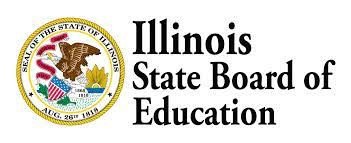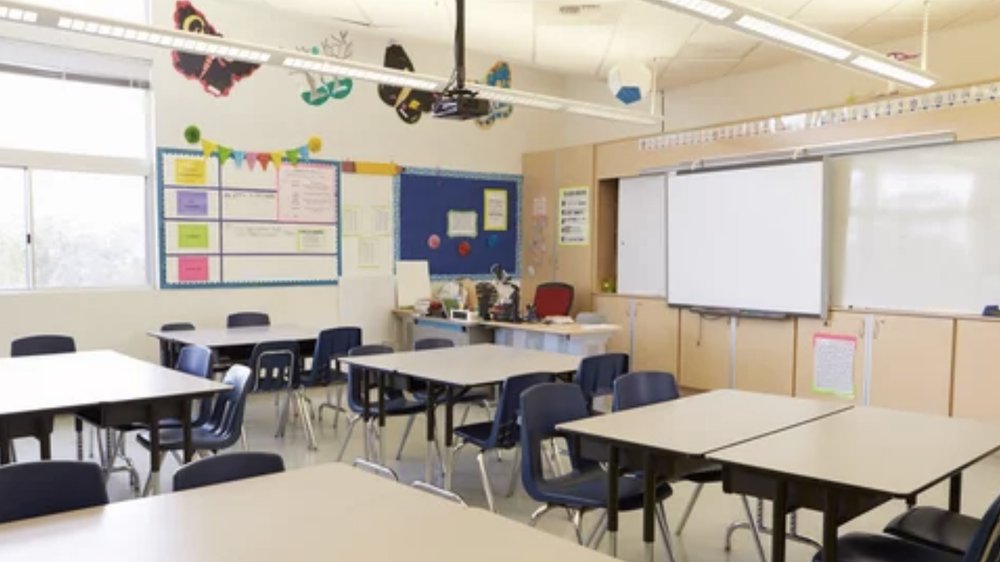A look inside California’s continuous trend of declining enrollment – By Micah Ward, District Administration
Across the nation, we’re witnessing the effects of a variety of post-pandemic challenges in school districts. Public school enrollment—while it’s been an issue for several years—has been exacerbated even further since COVID, forcing school closures as we near the end of pandemic relief funding. In one state’s case, however, researchers are forecasting a decline of over half a million students by the 2031-32 school year.
That’s according to a new report from the Public Policy Institute of California, a nonprofit, nonpartisan think tank dedicated to improving public policy in California. The researchers note that the state has witnessed enrollment declines at nearly three-quarters of California school districts over the past five years, “bringing added fiscal pressures and difficult downsizing decisions,” the report reads. It’s a trend that will likely continue for several years.
Enrollment in coastal areas like Los Angeles has already fallen 15% in the past decade and is expected to reach 19% between 2022-23 and 2032-33, which would make it the region with the largest decline by far. Overall, enrollment declines are projected in all but two California regions—Sierra and Northern Valley—in the next decade.

Denver Public School scrambles to educate surge of migrant students: "So many needs" – By Anna Alejo, CBS News Colorado
In the past year, the city of Denver has served more than 36,000 migrants from the southern border.
After years of reporting a declining school-age population, Denver Public Schools is seeing a surge in the enrollment of newcomer students - many from Venezuela - a country in a deep economic and political crisis.
McMeen Elementary is a dual language school that has long embraced students who are new to the United States.
"The positive thing is we love international: new things, new families, new cultures, new languages, we love all that here, we embrace it every chance we can," said Jean Boylan, a grandparent and volunteer at the school. "That has been completely washed away this year though because we're completely inundated with pure survival."

Five majority-Black Chicago schools earned ‘exemplary’ status. Two principals consider why. By Crystal Paul, Chalkbeat Chicago
As part of a lesson on persuasive writing, fourth and fifth grade students at Edgar Allan Poe Classical Elementary School recently presented arguments in a classroom mock trial about intrusive coyote populations.
A Poe parent, who is an actual judge, rendered the verdict.
Five miles away, at Kate Starr Kellogg Elementary School, a class engaged in a similar lesson by writing persuasive letters to their principal to suggest improvements to the school. Kellogg principal Cory Overstreet proudly showed off the letters and visited the classroom to share his response.
Poe is a selective enrollment school in Pullman with a strong reputation in the city and Kellogg is an overcrowded neighborhood school in Beverly that was on the brink of closure about seven years ago. But the two South Side schools have a lot in common.
Both have majority-Black student populations, both are small (with approximately 250 students in grades K through 8), and this year both were among only five majority-Black Chicago schools designated as “Exemplary” by the Illinois State Board of Education.
The state designations have taken on new importance now that Chicago Public Schools has officially discontinued its own rating system in April 2023 after pausing it during the pandemic. In eliminating the system, officials called it “a punitive, myopic single-rating indicator.”

Alabama training helps new teachers stay in the classroom: ‘I am a better teacher’ – By Tricia Powell, AL.com
Aleccia Broughton knows firsthand how important it is to have a teacher who recognizes when a young student is struggling.
“I encountered a system that failed to address my learning deficits and social-emotional needs,” Broughton said of her own time in school. A teacher did eventually address those deficits, allowing her to excel academically.
The experience inspired her to pursue opportunities to work with struggling students. She currently teaches special education in Barbour County through a temporary certification program that allows her to work in a classroom while she takes courses to earn a full certificate.
More emergency certified teachers are working in Alabama classrooms, as fewer teachers graduate from college programs and the state struggles to staff schools. Nationally, about 44% of first-time teachers will leave their first job within five years of employment. In Alabama, that rate is a little higher: About half of new teachers end up leaving their first job after three years.
This fall, Alabama education leaders piloted a training program for recently-hired, emergency-certified teachers, in an effort to give them community, develop important skills and, hopefully, encourage them to stick with their school.












